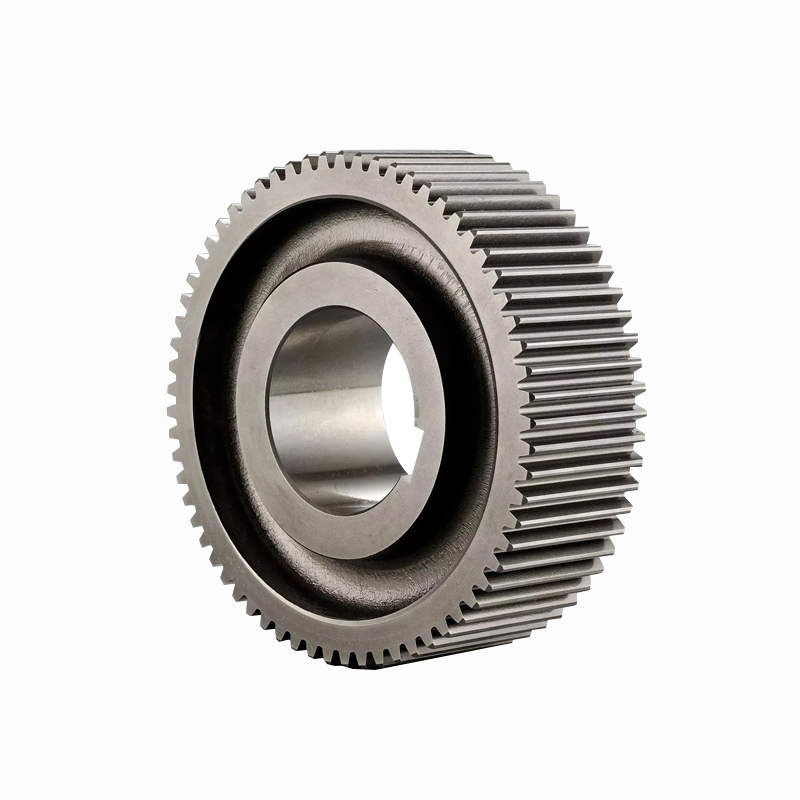No. 200 Gaoxin RD, Shanghua St, Lanxi, Zhejiang, P. R China
The Surface Heat Treatment Rack Pinion Gear is a precision-engineered ...
See DetailsThe stainless steel rack pinion gear set has undergone steady and purposeful development to meet the needs of modern industries requiring precise linear motion under challenging conditions. As a critical mechanical component, the rack and pinion system converts rotational motion into linear displacement and vice versa. The application of stainless steel in this system has significantly improved its reliability, resistance to environmental degradation, and service life in specialized applications.

Historical Context and Early Materials
The concept of the rack and pinion gear system dates back several centuries, with early applications in mechanical clocks and manual tools. Traditional materials included wrought iron and untreated steel. While these materials offered acceptable strength, they were prone to rust, wear, and deformation over time, especially in humid or corrosive environments. The need for better materials became evident as industrial use increased, particularly in sectors requiring consistent performance and minimal maintenance.
Stainless steel emerged as a material of choice due to its advantageous combination of mechanical properties and corrosion resistance. Specifically, grades like 304 and 316 stainless steel provide an balance between strength and environmental durability. These materials resist rust and oxidation without requiring frequent lubrication or protective coatings, making them suitable for use in food processing, marine environments, medical equipment, and other sensitive applications.
Advancements in Manufacturing Techniques
The development of stainless steel rack pinion gear sets has closely followed advances in machining and fabrication technologies. Initially, racks and pinions were manually milled, which limited their accuracy and consistency. With the introduction of CNC machining and gear cutting tools, manufacturers have been able to produce stainless steel gears with precise tooth profiles, minimal backlash, and repeatable dimensions.
Heat treatment processes, although less common for stainless steel than for carbon steel, have also been adapted to enhance the performance of certain grades. Precipitation hardening and cold working techniques have allowed gear sets to be manufactured with higher surface hardness, improving wear resistance without compromising corrosion protection.
Surface finishing processes such as passivation, polishing, and electropolishing further increase the suitability of stainless steel gears for specialized applications. These techniques remove surface impurities and create smoother profiles, reducing friction during operation and the accumulation of contaminants on the gear surface.
Design Considerations and Customization
The stainless steel rack pinion gear set can be tailored to suit various operational requirements. Design variables such as module size, pressure angle, tooth form, and length can be optimized for torque capacity, speed, and duty cycle. Depending on the application, manufacturers may design the gear set with straight or helical teeth. Helical racks and pinions provide smoother and quieter operation due to gradual tooth engagement but require additional axial space and careful alignment.
In high-precision environments, such as automated assembly lines or robotics, the design must account for factors like thermal expansion, load distribution, and gear stiffness. Stainless steel performs well under these constraints due to its relatively low thermal conductivity and high dimensional stability.
Furthermore, stainless steel rack and pinion sets can be produced in modular formats, allowing for easy integration into linear actuators and positioning systems. This modularity facilitates maintenance and replacement, which is essential for industries where downtime must be minimized.